Results 11,761 to 11,770 of 12091
Thread: Anandtech News
-
06-09-23, 09:35 PM #11761
Anandtech: The AlphaCool Core Storm XT45 & Core Hurrican XT45 Liquid Cooling Kits Rev
As summer kicks off in the Northern Hemisphere, today we're bringing the water to our PC cooling testbed with a look at a pair of kits from AlphaCool’s range of ready-to-install liquid cooling sets. Specializing in liquid cooling, the German firm offers a complete range of liquid cooling parts – from radiators and reservoirs to tubes and connectors – both on an individual basis and as part of complete cooling kits. These kits essentially are collections of individual parts that are conveniently packed together, saving the trouble of picking items one by one and getting everything needed for a CPU liquid cooler at a small discount.
For today's review, we're looking at two of the three series of kits that AlphaCool currently offers, the Core Storm XT45 240 mm and the Core Hurrican XT45 360 mm. Paired with 240 mm and 360 mm radiators respectively, the two kits are largely similar in scope as high-end open loop water cooling sets. However the Hurrican kit, besides offering more cooling headroom overall via its larger radiator, diverges from its Storm counterpart by using hard, molded tubing. The end result is a very different building experience, even if the underlying physics at play are much the same.
More...
-
06-12-23, 11:03 AM #11762
Anandtech: Western Digital Estimates HAMR HDDs to Emerge in 1.5 Years
Western Digital is somewhat behind its rival Seagate in adopting heat-assisted magnetic recording (HAMR), which promises radical improvements to areal density and HDD capacities. Still, the company expects hard drives that use this recording method to enter mass production in the next 1.5 years. This technology will open doors for nearline drives offering 40 TB – 50 TB capacities in the coming years.
Seagate recently said it was months away from introducing its 32 TB nearline hard drives featuring its HAMR technology, with 36 TB and 40 TB HDDs to follow. The introduction of 32 TB hard drives will undoubtedly put Seagate in a leading position as far as capacity is concerned, as the highest capacity drive that Western Digital has today is its Ultrastar DC HC670 26 TB featuring UltraSMR set of technologies. At a recent conference, financial analysts asked Western Digital when the company expects its HAMR HDDs to emerge. The firm envisions these drives to enter mass production in circa 1.5 years.
"On the HAMR side, we are probably one year to 1.5 years plus before we get sort of volume production anyway," said Wissam Jabre, the chief financial officer of Western Digital, at the Bank of America Securities 2023 Global Technology Conference (via SeekingAlpha).
HAMR is a highly complex technology. It requires novel platters capable of enduring intense local heat of approximately 450°C or higher (generated using a laser with an ~810 nm wavelength and a ~20 mW power) without deforming over time. These platters are expected to be made from glass substrates and covered with a thin Fe-Pt alloy magnetic layer to ensure reliability and resist eventual deformation.
"HAMR could be one of the next on the roadmap," said Jabre. "[…] Our engineering teams have done a lot of R&D around [HAMR] […], it requires a lot of work on the material science as well as the physics. But also, much work is required in terms of commercialization, meaning being able to manufacture at scale, ensuring the yields are where they need to be, and having a reliable product that can last for several years. So, it takes time to get there."
All HDD makers have been working on HAMR HDDs for well over a decade, but only Seagate decided to bet on HAMR boldly. In contrast, Toshiba and Western Digital adopted energy-assisted perpendicular magnetic recording (ePMR) and microwave-assisted magnetic recording (MAMR) before adopting HAMR.
Western Digital's roadmap includes the 2nd Generation ePMR 2 platform, which allows for areal densities over 1.3 Tb/inch2 (an 18% over ePMR). Such areal density will enable the company to build 3.5-inch platters with a capacity of over 3.5 TB. Thus Western Digital will be able to offer HDDs with a ~36 TB capacity featuring 10 of such disks in the coming quarters. Meanwhile, the company says this technology will be used for CMR HDDs with 24 TB – 30+ TB capacity points.
Of course, the key question is when precisely such drives are set to be announced, qualified, and shipped. But at least it looks like Western Digital is set to stay competitive with Seagate regarding HDD capacities for the foreseeable future.
As for HAMR, Western Digital expects this recording technology to enable areal densities higher than 2 Tb/inch2, which allows it to build ~5.4 TB 3.5-inch platters, opening doors for HDDs with capacities of around 50+ TB.
More...
-
06-13-23, 08:22 AM #11763
Anandtech: AMD Ryzen Pro 7000 and 7040 Series Processors : Zen 4 For Commercial Deplo
As is a constant whenever AMD launches their latest desktop and mobile processors, they typically deploy and release a professional and commercial line-up of these processors a few months later. For the desktop and mobile (server/workstation is Threadripper Pro), the latest Ryzen Pro 7000 for desktop and Ryzen Pro 7040 HS and 7040 U series for mobile builds upon the consumer range by adding several 'Pro' based features that add layers of additional security and remote manageability that sets them apart from their more consumer-focused silicon siblings.
On top of the advantages of adding Zen 4 cores to enhance performance and efficiency compared to their previous Ryzen Pro with Zen3+ portfolio, selected AMD's Ryzen Pro 7040 series SKUs will include their latest Ryzen AI block integrated within the silicon to bolster capabilities when using specific AI-focused workloads. AMD has three Ryzen Pro 7000 series processors for desktops, including one 6C/12T, 8C/16T, and 12C/24T trio of Pro-enabled SKUs, as well as three Ryzen Pro 7040HS models and three lower powered Ryzen Pro 7040U series SKUs to select from.
More...
-
06-13-23, 08:22 AM #11764
Anandtech: Microsoft to Bring Game Pass Games to NVIDIA's GeForce Now
Microsoft on Sunday announced plans to bring select PC Game Pass games to NVIDIA's GeForce Now cloud streaming service later in 2023. The move will allow gamers to enjoy Microsoft's curated collection of PC games on high-end hardware in the cloud without purchasing either the games or a high-end gaming device (PC, Xbox), all for a monthly fee.
"Game Pass members will soon be able to stream select PC games from the library through NVIDIA GeForce Now," wrote Joe Skrebels, Xbox Wire Editor-in-Chief, in a blog post. "This will enable the PC Game Pass catalog to be played on any device that GeForce Now streams to, like low-spec PCs, Macs, Chromebooks, mobile devices, TVs, and more, and we will be rolling this out in the months ahead."
NVIDIA's GeForce Now is a cloud gaming service known for offering cutting-edge gaming hardware, including the highly acclaimed GeForce RTX 4080 graphics card that is offered in the top tier subscription ($19.99 per month) aimed at demanding gamers. Meanwhile, Microsoft's PC Game Pass subscription ($9.99 per month) gives access to over 100 titles of different genres and a library of Electronic Arts games. The value proposition of Game Pass on GeForce Now is evident as it allows to play high-quality PC games on an advanced rig for $30 a month, or $360 a year, which is considerably cheaper than buying a gaming PC.
There are a couple of things to keep in mind though. Microsoft has only confirmed that a "selected range" of Game Pass PC games will be compatible with GeForce Now. Also, the question of whether EA Play games will be supported is yet to be clarified. Thus, it remains uncertain how many games from Microsoft's subscription will eventually be compatible with the GeForce Now platform.
Furthermore, cloud game streaming comes with its own quirks, such as longer loading times and increased latencies, so its overall experience is not exactly the same as that provided by a local gaming PC with a high-end CPU and a GeForce RTX 4080 graphics board. Still, NVIDIA's GeForce Now with the GeForce RTX 4080 tier provided better experience than Microsoft's Xbox Cloud Gaming service, offering higher performance and lower latency, according to a comparison by The Verge.
Bringing PC Game Pass games to NVIDIA's GeForce Now platform — which currently supports Epic's Game Store and Valve's Steam — could potentially enhance the appeal of both services for gamers. Meanwhile, some might perceive this move as a strategic effort to pacify regulators in light of Microsoft's ongoing acquisition of Activision Blizzard. In general, the move shows that the software giant is willing to distribute its services and games on platforms beyond Windows and Xbox.
In separate news, Microsoft introduced a new, larger capacity version of its Xbox Series S console. The all-black Xbox comes with a 1 TB SSD - up from 512GB on the base model - and carries a $50 price premium, putting the final price tag at $349. The new system will be available starting September 1, 2023.
More...
-
06-14-23, 01:02 PM #11765
Anandtech: Asus ROG Ally Is Now Available: A $700 Handheld Powerhouse
Asus this week started global sales of its ROG Ally portable game console. The Asus take on Valve's Steam Deck and other portables offers numerous advantages, including higher performance enabled by AMD's Ryzen Z1 Extreme processor, broad compatibility with games and latest features courtesy of Windows 11, and a Full-HD 120 Hz display. Furthermore, the handheld can also be turned into a fully-fledged desktop PC.
The top-of-the-range Asus ROG Ally promises to be a real portable powerhouse as it is built around AMD's Ryzen Z1 Extreme processor that uses the company's Phoenix silicon fabbed on TSMC's N4 (4 nm-class) technology. This configuration, which is similar to AMD's Ryzen 7 7840U CPU, features eight Zen 4 cores and 12 CU RDNA 3-based GPU that promises solid performance in most games on the built-in Full HD display.
To maintain steady performance for the APU that can dissipate heat up to 30W, Asus implemented an intricate cooling system featuring anti-gravity heat pipes, a radiator with 0.1 mm fins, and two fans.
Speaking of performance, it should be noted that those who want to enjoy ROG Ally games in higher resolution, with higher performance on an external display on TV can do so by attaching one of Asustek's ROG XG Mobile external graphics solutions, such as the flagship ROG XG Mobile with Nvidia's GeForce RTX 4090 Laptop GPU for $1,999.99, or the more moderately priced XG Mobile with AMD's Radeon RX 6850M XT for $799.99. Compatibility with eGFX solutions is a rather unique feature that sets it apart from other portable consoles and makes it a rather decent gaming PC.
As for memory and storage, the ROG Ally features 16GB of LPDDR5-6400 memory and a 512GB M.2-2230 SSD with a PCIe 4.0 interface. Additionally, for users wishing to extend storage without disassembly, the console incorporates a microSD card slot that's compatible with UHS-II.
Another feature that makes ROG Ally stand out is its 7-inch display with a resolution of 1920x1080 and a maximum refresh rate of 120 Hz. To enhance gaming aesthetics, the console's display — covered in Gorilla Glass Victus for extra protection — uses an IPS-class panel with peak luminance of 500 nits and features Dolby Vision HDR support. Adding to the overal gaming experience, the ROG Ally also comes with a Dolby Atmos-certified audio subsystem with Smart Amp speakers and noise cancellation technology.
While the Asus ROG Ally certainly comes in a portable game console form-factor, it is essentially a mobile PC and like any computer, it is designed to deliver standard portable computer connectivity features. Accordingly, the console comes with a Wi-Fi 6E and Bluetooth adapter, a MicroSD card slot for added storage, a USB Type-C port for charging and display output, an ROG XG Mobile connector for attaching external GPUs, and a TRRS audio connector for wired headsets.
To make the ROG Ally comfortable to use, Asustek's engineers did a lot to balance its weight and keep it around 600 grams, which was a challenge as the game console uses a very advanced mobile SoC that needs a potent cooling system. Achieving a balance between device weight and potent SoC performance required a trade-off, so Asus equipped the system with a 40Wh battery, which is relatively small and lightweight. But with this battery, the ROG Ally can run up to 2 hours under heavy gaming workloads, as corroborated by early reviews.
This week Asus begins to sell its range-topping version of the ROG Ally game console based on AMD's Ryzen Z1 Extreme processor, which it first teased back in April and them formally introduced in mid-May. This unit costs $699in the U.S. and is available from BestBuy and from Asus directly. In Europe, the portable console can be pre-ordered presumably for €799, whereas in the U.K. it can be pre-ordered for £899. Later on, Asus will introduce a version of the ROG Ally based on the vanilla Ryzen Z1 processor that offers lower performance, but is expected to cost $599.
More...
-
06-14-23, 01:02 PM #11766
Anandtech: Razer Updates The Blade 14 With Ryzen 9 7940HS, Up to RTX 4070 and 32 GB D
Despite running late and experiencing shipping delays, AMD's latest Zen 4 mobile chips with RDNA 3 graphics and Ryzen AI, the Ryzen 7040HS mobile chips, are becoming more widely available. Razer has adopted the Ryzen 7040HS series notebooks for its flagship Blade 14 model, which is powered by a Ryzen 9 7940HS and is available either with an NVIDIA GeForce RTX 4060 (140 W TGP) or the higher spec RTX 4070 (140 W TGP). Starting at $2400 and up to $2800, Razer claims the latest Blade 14 with the AMD Ryzen 7940HS is the most powerful Blade 14 they've ever created.
Outside of the latest Razer Blade 14 powered by AMD's Ryzen 7940HS 8C/16T mobile Zen 4 chip, it has seemingly felt like ages since AMD first announced the Ryzen 7040HS series back at CES 2023. Expected back in Spring, AMD looks to have worked out any kinks and started shipping their Ryzen 7040HS mobile parts more widely to its partners and vendors, with various new notebooks from multiple vendors set to launch imminently.
More...
-
06-15-23, 07:50 AM #11767
Anandtech: Intel Prevails in Ongoing Legal Fight Against VLSI With Appeal Board Victo
In the ongoing legal battle between Intel and VLSI that started years ago and with billions at stake, Intel seems to be prevailing. The U.S. Patent Trial and Appeal Board (PTAB) has recently invalidated two VLSI-owned patents 'worth' a total of $2.1 billion, while another major dispute potentially 'worth' $4.1 billion for Intel was dissolved late last year.
The litigation between Intel and VLSI is multifaceted to say the least, involving numerous cases across various U.S. and international courts. The sum that Intel would have to pay should it lose in courts would be in the billions of dollars, as VLSI contended that Intel infringed on 19 of the patents it owns and which originated from IP filed by Freescale, SigmaTel, and NXP. While a number of these allegations have ruled on in some fashion, either against Intel, dismissed by court juries, or had the involved patents revoked, there are still some allegations that are awaiting a ruling.
But let's start from the latest developments.
Back in May the PTAB invalidated frequency management patent ('759') finding it 'unpatentable as obvious,' this month the same board found that another patent — the memory voltage reduction method patent ('373') — in the $2.1 billion case was 'unpatentable.' The two patents were originally issued to SigmaTel and Freescale. These verdicts by the PTAB could potentially exempt Intel from making payments to VLSI for allegedly violating its 759 and 373 patents. On the flip side, VLSI retains the option to challenge these PTAB rulings at the U.S. Court of Appeals for the Federal Circuit.
"We find [Intel] has demonstrated by a preponderance of evidence that the challenged claims are unpatentable," a ruling by the U.S. Patent Trial and Appeal Board reads.
Two years ago, a local judge in Waco, Texas, ruled in VLSI's favor and determined Intel owed $2.18 billion in damages for infringing two patents. One was a frequency management patent developed by SigmaTel, which was assigned $1.5 billion, and the other a memory voltage reduction technique created by Freescale, accounting for $675 million. Intel made an unsuccessful attempt to overturn this ruling in August 2021, which led them to seek the PTAB's ruling to void both patents.
Intel and VLSI previously agreed to resolve the Delaware-based portion of their $4 billion patent dispute late last year. Meanwhile in a separate Texas case, a jury ruled that Intel owed VLSI nearly $949 million for infringing its 7,242,552 patent. This particular patent details a technique meant to alleviate problems arising from pressure applied on bond pads.
Although the legal war does not look to be over yet, Intel seems to be gaining the upper hand in its legal battles with VLSI.
Sources: Reuters, JD Supra
More...
-
06-16-23, 12:10 AM #11768
Anandtech: Intel To Launch New Core Processor Branding for Meteor Lake: Drop the i, A
As first reported on back in late April, Intel is embarking on a journey to redefine its client processor branding, the biggest such shift in the previous 15 years of the company. Having already made waves by altering its retail packaging on premium desktop chips such as the Core i9-11900K and Core i9-12900K, the tech giant aims to introduce a new naming scheme across its client processors, signaling a transformative phase in its client roadmap.
This shift is due to begin in the second half of the year, when Intel will launch their highly anticipated Meteor Lake CPUs. Meteor Lake represents a significant leap forward for the company in regards to manufacturing, architecture, and design – and, according to Intel, is prompting the need for a fresh product naming convention.
The most important changes include dropping the 'i' from the naming scheme and opting for a more straightforward Core 3, 5, and 7 branding structure for Intel's mainstream processors. The other notable inclusion, which is now officially confirmed, is that Intel will bifurcate the Core brand a bit and place its premium client products in their own category, using the new Ultra moniker. Ultra chips will signify a higher performance tier and target market for the parts, and will be the only place Intel uses their top-end Core 9 (previously i9) branding.
More...
-
06-20-23, 05:11 PM #11769
Anandtech: Noctua's New Cooler Mounting to Lower Temps of AMD's AM5 CPUs
AMD's latest Ryzen 7000-series CPUs in AM5 packaging are well known for their high operating temperatures. Higher-performance coolers like all-in-one liquid cooling systems have typically solved the problem. Noctua seems to have a different method of improving cooling performance without spending much on a cooler. Apparently, offsetting the CPU cooler mount by 7 mm can reduce the processor's temperature by up to 3°C.
There are several reasons why AMD's Ryzen 7000-series processors based on the Zen 4 microarchitecture require better cooling than their predecessors. First, they have a thicker integrated heat spreader (IHS) than their ancestors, perhaps to maintain compatibility with AM4 coolers. Secondly, the position of Ryzen 7000's core complex dies (CCDs) closer to the southern edge of the socket further complicates cooling. Noctua has discovered that optimizing the position of the heatsink over these CCDs and enhancing the contact pressure dramatically improves the cooler's performance and reduces CPU temperatures.
Variables like heat flux densities, CPU and radiator tolerances, and thermal paste application can cause results to vary. Still, according to Noctua, the new mounting offset can often decrease core temperatures by 1–3°C for top-tier AM5 CPUs. These reductions can lead to a more efficiently cooled CPU, higher boost clocks, or reduced fan speeds and noise levels. These benefits are especially important for gaming systems that use the latest and greatest processors and graphics cards. Meanwhile, the new bars can also improve the cooling of AM4 CPUs.
"We have experimented with offset mountings ever since AMD introduced its first chiplet processors that had the hotspot shifted towards the south side of the socket, but on AM4, we only saw relatively small improvements in the range of 0.5-1°C", said Roland Mossig, Noctua CEO. "With the new AM5 platform and its different heat-spreader design, we achieved typical improvements in the range of 1-3°C, so we think this will be a very interesting performance upgrade for Ryzen 7000 users!"
Noctua plans to update bundles of its coolers to include the offset bars, but this will not happen until Q4 2023. To that end, Noctua will offer its customers to obtain one of the four mounting kits — the NM-AMB12, NM-AMB13, NM-AMB14, and NM-AMB15 — for their existing AM4 and AM5 coolers either directly or from Amazon for a symbolic price.
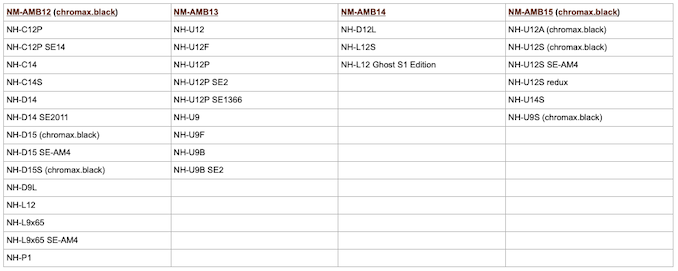
Source: Noctua
Gallery: Noctua's New Cooler Mounting to Lower Temps of AMD's AM5 CPUs


More...
-
06-20-23, 05:11 PM #11770
Anandtech: The Razer Blade 14 (2023) Laptop Review: Ryzen 9 7940HS Tested With GeForc
Perhaps one of the most popular brands in the realm of gaming, if not the most popular, is Razer. Offering products across multiple categories, although primarily renowned for their peripherals, they officially threw their hat into the notebook arena in 2012 with the Razer Blade. Over the last eleven years, the Razer Blade has constantly evolved with many different variants available, with different screen sizes and form factors such as the Blade 13, 14, 15, 16, and 17; Razer also has the Blade Stealth and the Blade Pro series.
The latest Razer Blade 14 (2023) comes equipped with AMD's latest Ryzen 7040HS series processor, the Ryzen 9 7940HS, which has eight highly efficient yet potent Zen 4 cores and comes with one of two mobile graphics cards; NVIDIA's mobile-focused RTX 4060 or the RTX 4070 which drives the 14" 2560 x 1600p (16:10) IPS display. Available at launch in three configurations, today we'll be taking a look at the middle of the three Razer Blade 14's with 16 GB of DDR5-5600 memory, Ryzen 9 7940HS 8C/16T processor, and NVIDIA's RTX 4070 with 8 GB of GDDR6 VRAM.
More...
Thread Information
Users Browsing this Thread
There are currently 20 users browsing this thread. (0 members and 20 guests)





 Quote
Quote

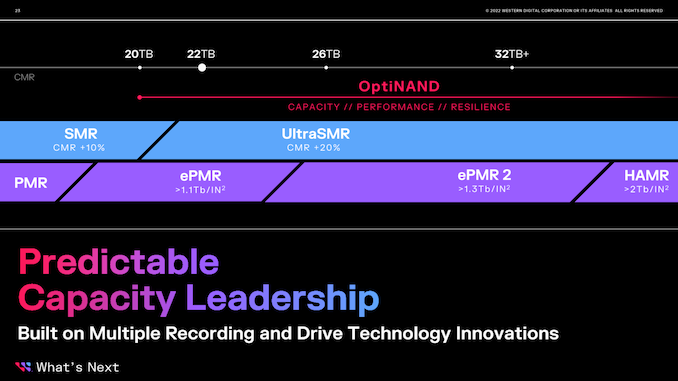
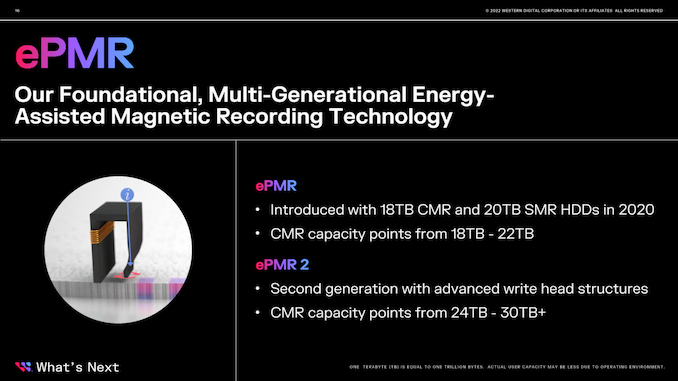

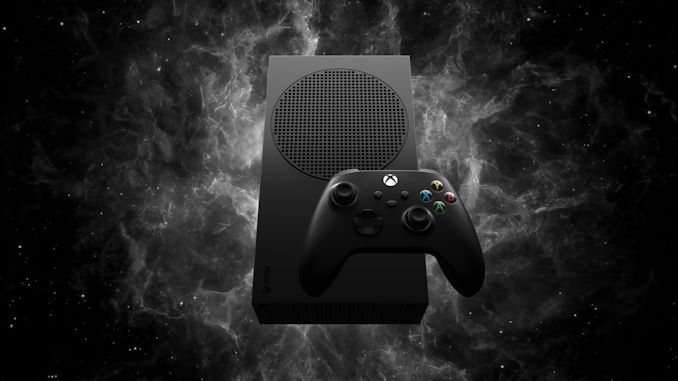
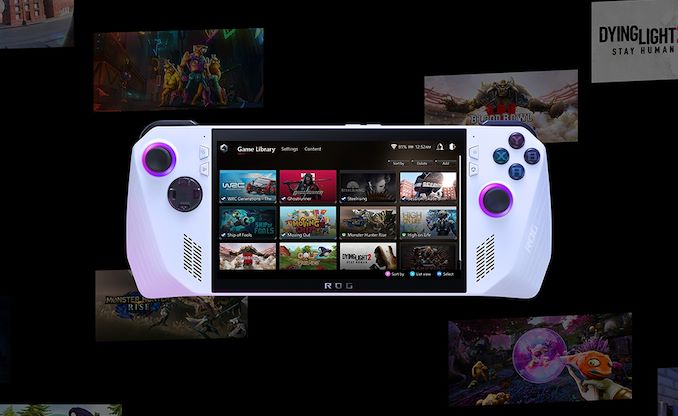
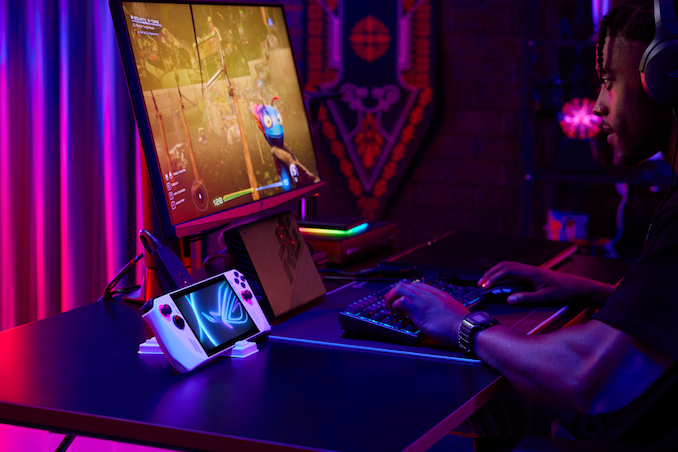
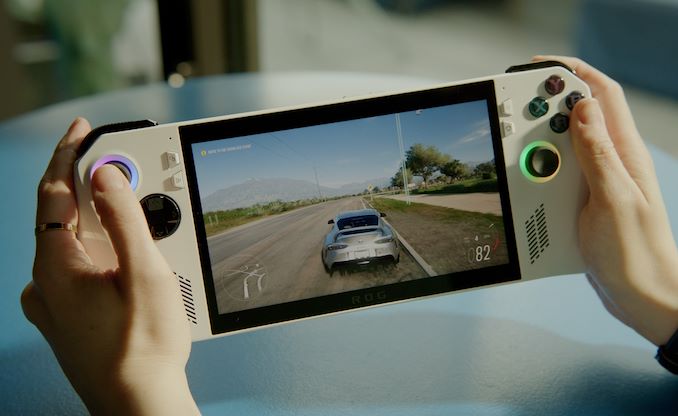
 - Lifestyle Image 1_575px.jpg)

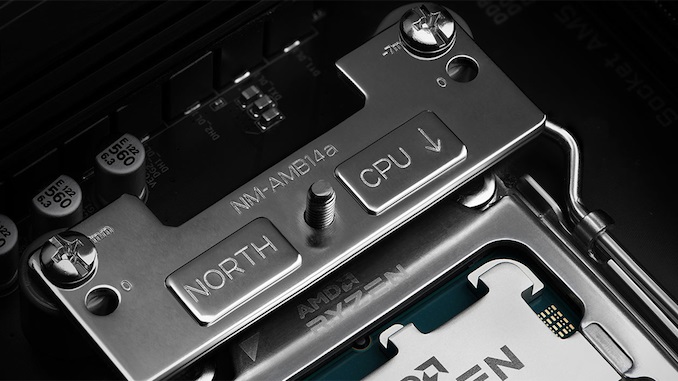
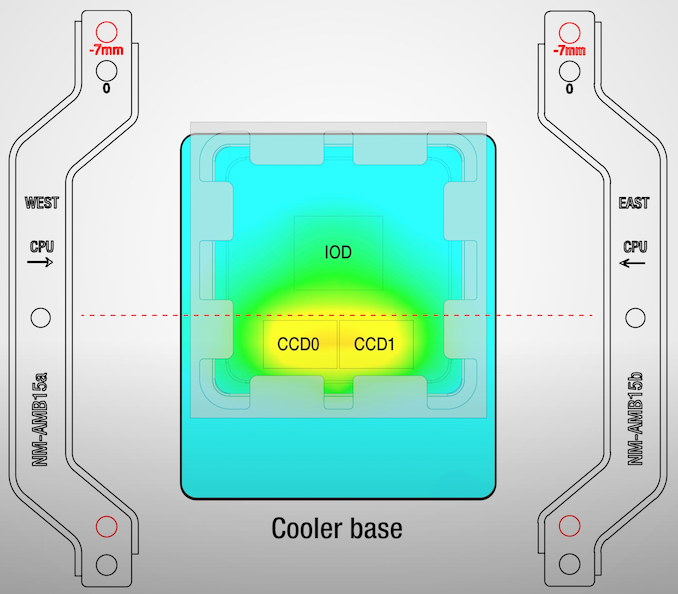
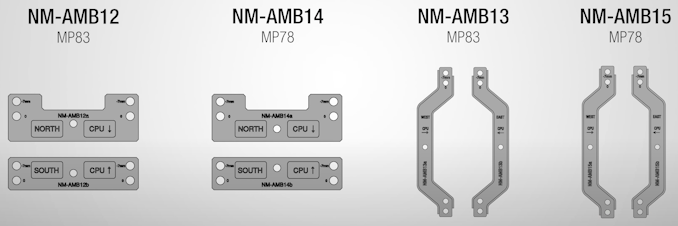
















Bookmarks